Expansion of E-commerce Platforms
The expansion of e-commerce platforms significantly impacts the Sneaker Boot Market. With the rise of online shopping, consumers have greater access to a diverse range of sneaker boot options, allowing for informed purchasing decisions. E-commerce platforms provide detailed product information, customer reviews, and competitive pricing, enhancing the overall shopping experience. Data indicates that online sales in the footwear sector are expected to account for over 30% of total sales by 2026. This shift towards online retailing not only broadens the market reach for brands but also facilitates the introduction of new sneaker boot styles to a wider audience. As a result, the Sneaker Boot Market is likely to continue evolving in response to the growing preference for online shopping.
Increased Focus on Sustainability
Sustainability has emerged as a pivotal driver in the Sneaker Boot Market. Consumers are becoming more environmentally conscious, leading to a demand for eco-friendly materials and production processes. Brands are responding by incorporating sustainable practices, such as using recycled materials and reducing carbon footprints in manufacturing. Market Research Future indicates that the sustainable footwear segment is projected to grow at a rate of 8% annually, reflecting a shift in consumer values towards environmentally responsible products. This focus on sustainability not only attracts eco-conscious consumers but also enhances brand loyalty, as customers increasingly prefer companies that align with their values. Consequently, the Sneaker Boot Market is adapting to these changes, fostering innovation in sustainable sneaker boot designs.
Rising Demand for Versatile Footwear
The Sneaker Boot Market experiences a notable increase in demand for versatile footwear that seamlessly transitions between casual and formal settings. Consumers are increasingly seeking products that offer both style and functionality, leading to a surge in sneaker boots that can be worn in various environments. This trend is supported by data indicating that the athleisure segment has grown significantly, with a projected market value reaching approximately 400 billion dollars by 2026. As a result, brands are innovating to create sneaker boots that cater to this demand, blending comfort with aesthetic appeal. The ability of sneaker boots to serve multiple purposes makes them an attractive option for consumers, thereby driving growth in the Sneaker Boot Market.
Technological Advancements in Footwear Design
Technological advancements play a crucial role in shaping the Sneaker Boot Market. Innovations in materials and manufacturing processes have led to the development of lightweight, durable, and breathable sneaker boots. For instance, the integration of 3D printing technology allows for customized designs that enhance fit and comfort. Additionally, advancements in cushioning technology improve the overall user experience, making sneaker boots more appealing to consumers. Market data suggests that the footwear technology segment is expected to grow at a compound annual growth rate of 5.5% through 2027. This growth indicates a strong consumer interest in high-performance footwear, further propelling the demand for technologically advanced sneaker boots within the Sneaker Boot Market.
Influence of Fashion Trends on Consumer Preferences
Fashion trends significantly influence consumer preferences within the Sneaker Boot Market. The rise of streetwear culture has led to an increased acceptance of sneaker boots as a fashionable choice among various demographics. Designers and brands are collaborating with influencers and celebrities to create limited-edition sneaker boots that resonate with fashion-conscious consumers. This trend is reflected in the market, where sneaker boots are increasingly featured in fashion shows and social media campaigns. As a result, the Sneaker Boot Market is witnessing a shift towards more stylish and trendy designs, appealing to a broader audience. The interplay between fashion and functionality continues to shape consumer choices, driving growth in this sector.


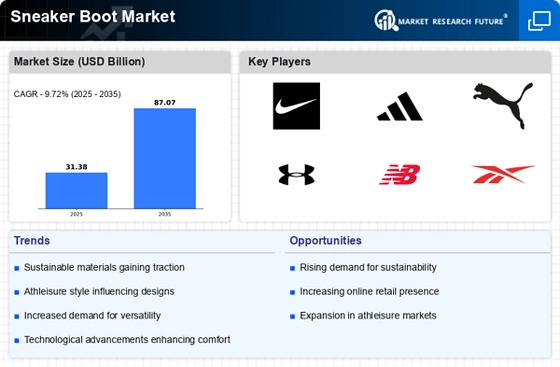
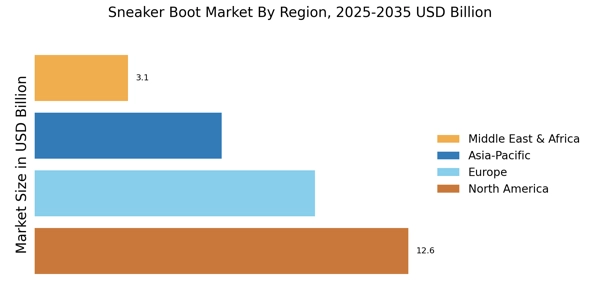
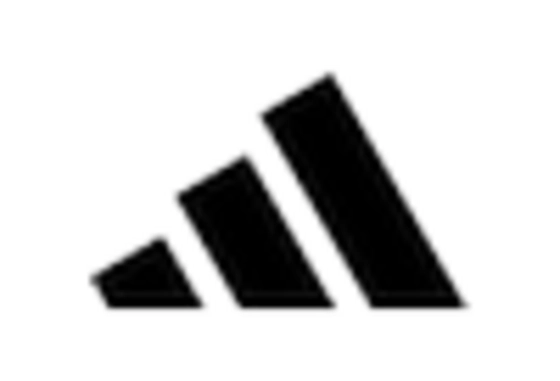
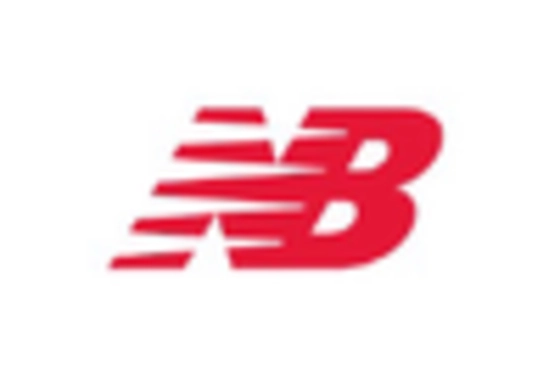
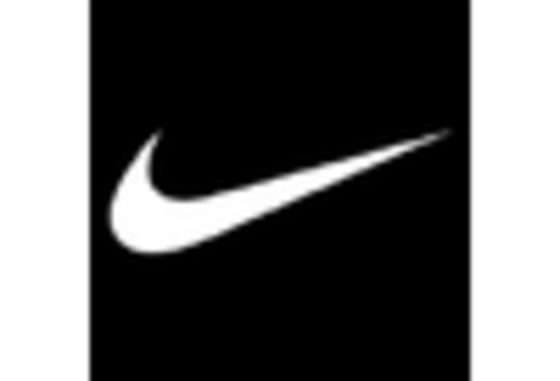
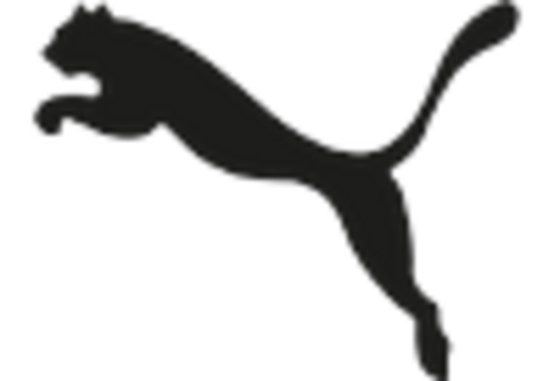
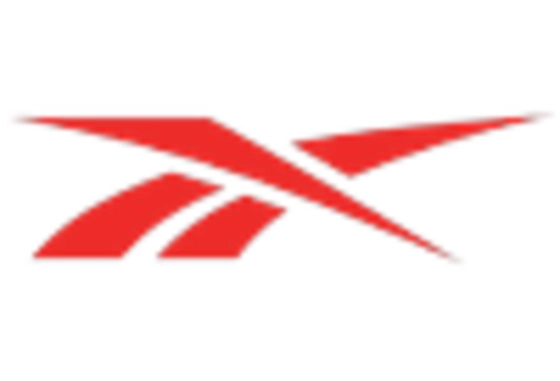
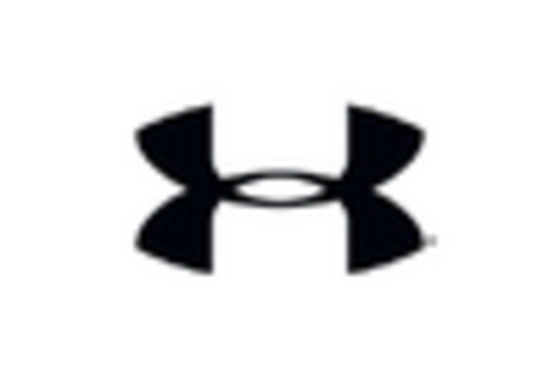








Leave a Comment